Bone marrow transplantion is the only cure for thalassemia at this time. This therapy should be considered in all patients who have an acceptable donor to avoid any risk of rejection.
Brothers and sisters are therefore the more ideal donors, even if the chance of finding a perfect match from them is one-in-four.
Over the last years efforts have focused on improving matches technique to enable transplants from donors who are outside the family. However, this form of treatment is possible only for a small minority of patients who have a suitable bone marrow donor, and the transplant procedure is still risky and can result in death.
It’s important to consider the risk of rejection on a case by case; the younger the patient, the less the risk is. Studies show that for patients between 1 -16 years old the percentage of a good result is higher than for those older than 16 years old.
According to Prof.ssa Caterina Borgna, based on the information we have available on a worldwilde scale, the risk of rejection caused by a bone marrow transplant is the following:
67% success
13% no success (patient survives but not cured)
20% patients die
Over the last ten years there has been a tremendous progress in developing the so-called gene therapy which requires the transfer of genes into stem cells.
However, most of the researches have not been carried out in Italy for lack of incentives and interests from public organs.
Special laboratory units and large investments are required to support scientists in their continuous studies which are extremely costly and technologically demanding.
The definite correction of genetic defects of haemoglobin may one day become the new cure for thalassemia.
